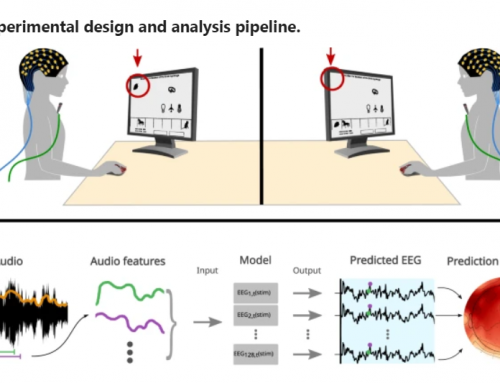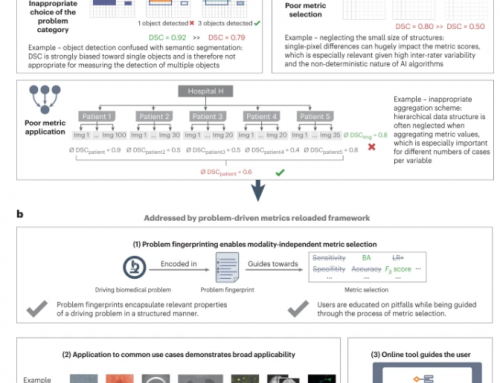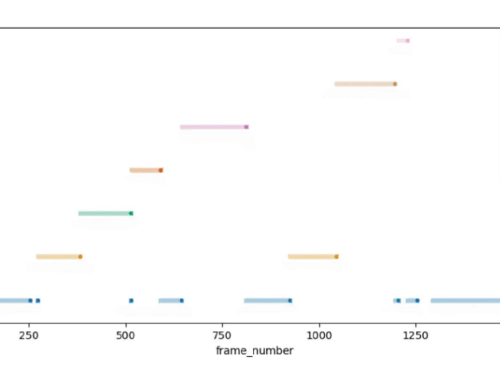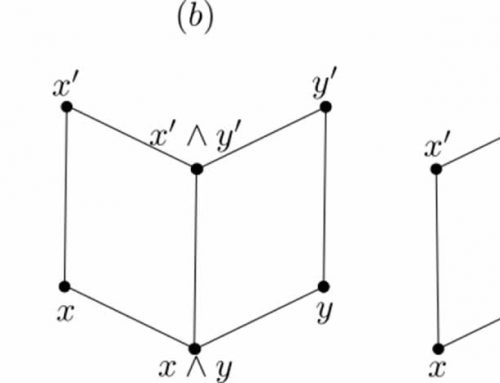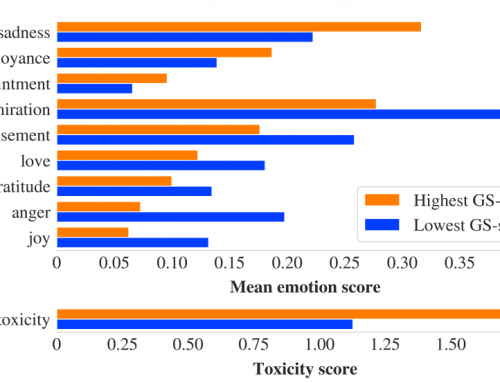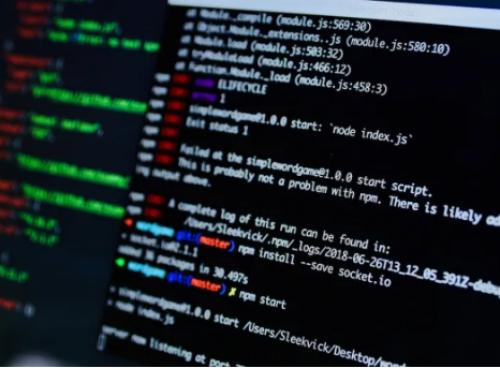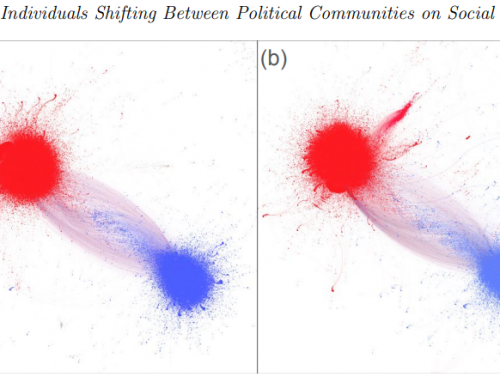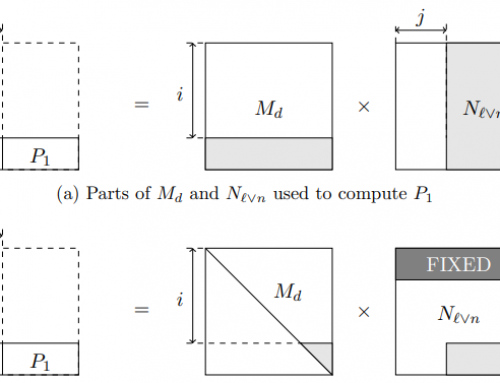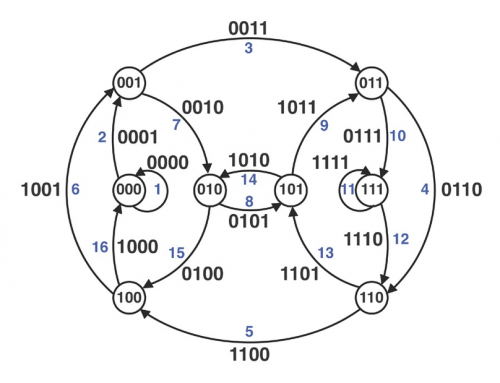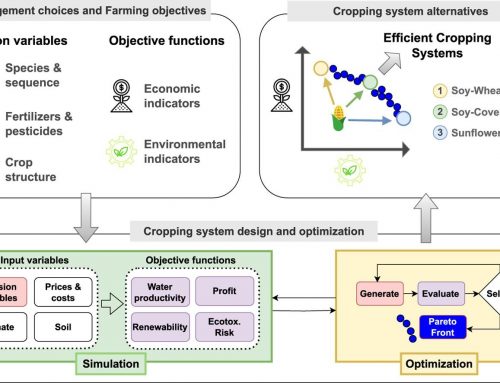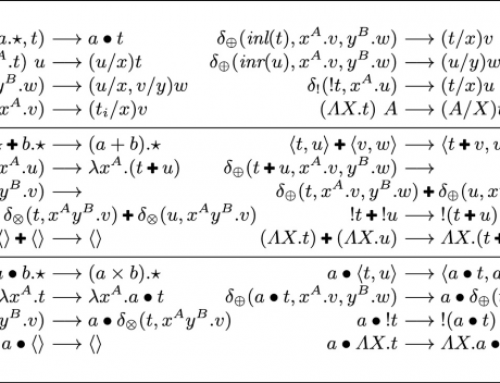Authors: Bruno Bianchi, Rodrigo Loredo, María da Fonseca, Julia Carden, Virginia Jaichenco, Titus von der Malsburg, Diego E. Shalom, Juan Kamienkowski.
Abstract:
Predictions of incoming words performed during reading have an impact on how the reader moves their eyes and on the electrical brain potentials. Eye tracking (ET) experiments show that less predictable words are fixated for longer periods of times. Electroencephalography (EEG) experiments show that these words elicit a more negative potential around 400 ms (N400) after the word onset when reading one word at a time (foveated reading). Nevertheless, there was no N400 potential during the foveated reading of previously known sentences (memory-encoded), which suggests that the prediction of words from memory-encoded sentences is based on different mechanisms than predictions performed on common sentences. Here, we performed an ET-EEG co-registration experiment where participants read common and memory-encoded sentences. Our results show that the N400 potential disappear when the reader recognises the sentence. Furthermore, time–frequency analyses show a larger alpha lateralisation and a beta power increase for memory-encoded sentences. This suggests a more distributed attention and an active maintenance of the cognitive set, in concordance to the predictive coding framework.
More information:
https://www.sciencedirect.com/science/article/abs/pii/S0306452223001471


